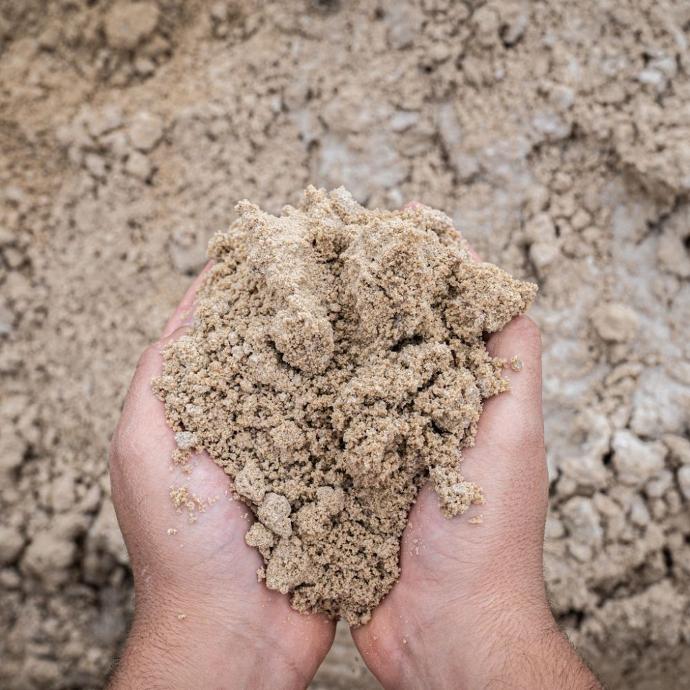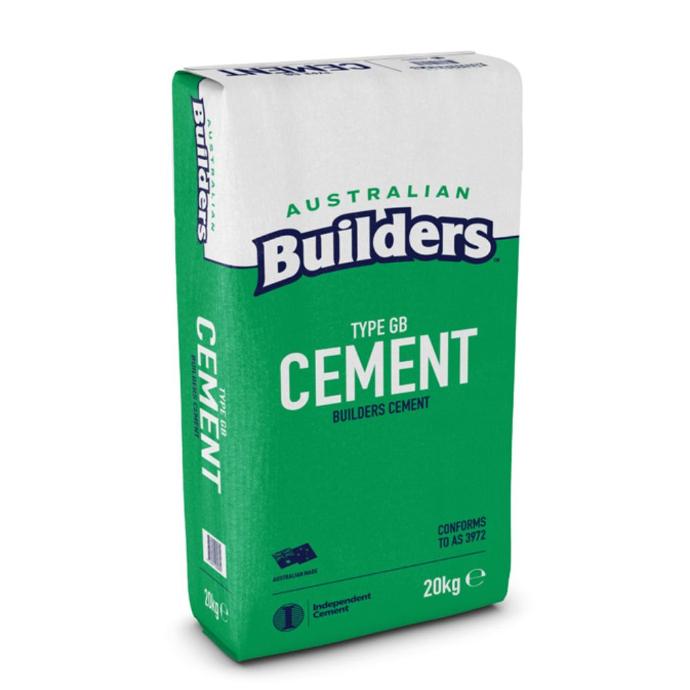How much sand do I need for 1000 bricks?
Sand plays a pivotal role in the construction process, serving as a key ingredient in the mortar mix. For laying 1,000 bricks, the quantity of sand needed is quite straightforward. Based on industry standards and practical insights, you will require:
- 1 cubic meter of sand per 1000 bricks
This estimation is grounded on the general assumption for standard bricklaying projects. It's vital to note that the exact amount can vary slightly depending on the size of the bricks and the thickness of the mortar joints. However, 1 cubic meter of sand is a reliable benchmark for 1,000 bricks.

How much cement do I need for 1000 bricks?
Cement is the binding agent that holds your brickwork together, ensuring durability and strength. When it comes to laying 1,000 bricks, the quantity of cement needed falls within a specific range:
- 8 to 10 bags of cement per 1000 bricks
This range accommodates various factors that can influence cement usage, including the mix ratio of mortar and the specific requirements of the brickwork. Opting for 8 to 10 bags provides a margin that accommodates slight variations in the project needs.

Enhance Your Mortar Mix with Gibco's MRF
Gibco's MRF (Mortar Retention Formula) is a liquid lime replacement designed to transform standard cement into a high-performing mortar for brick, block, and stone masonry applications. Here's how MRF benefits your project:
- Cost Savings: 5 litres of MRF replaces up to 45 bags (900kg) of lime.
- Compliance: Meets Australian Standards Masonry Structures AS 3700 & Chemical Admixtures AS 1478.1-2000.
- Improved Occupational Health and Safety (OH/S): Eliminates the need for lime, clay, and other plasticisers.
Plastic Properties:
- Extends board life and setting time.
- Provides a cohesive gel consistency.
- Enhances workability and adhesion.
- Reduces water demand.
Hardened Properties:
- Increases freeze/thaw durability.
- Improves flexural bond strength.
- Offers permeability protection.
- Ensures colour consistency in the mortar.
